Send us a Message
- Destinations
- Tours
- By Destinations
- By Themes
- Suggested Combination
- Duration
- About Us
- Reviews
Nestled in the northern mountains near the Chinese border, Sapa is one of Vietnam’s most breathtaking destinations. Surrounded by terraced rice fields and towering peaks, the town offers cool mountain air and stunning panoramas year-round. Home to diverse ethnic minority communities, Sapa is not only rich in natural beauty but also in cultural heritage, where traditional crafts, vibrant markets, and colorful attire bring the highlands to life. Unlike Vietnam’s bustling cities, Sapa retains a rustic charm, making it an ideal escape for nature lovers and cultural explorers. Whether trekking through misty valleys or relaxing in a hillside café, Sapa invites you to slow down and immerse yourself in its serene landscapes.
Trek through terraced rice fields and mountain valleys
Sapa is famed for its cascading rice terraces that change colors with the seasons, from vibrant green to golden yellow. Trekking through these valleys not only reveals breathtaking landscapes but also offers encounters with local communities going about their daily lives. Guided hikes range from easy walks to challenging trails, making it suitable for all kinds of travelers.
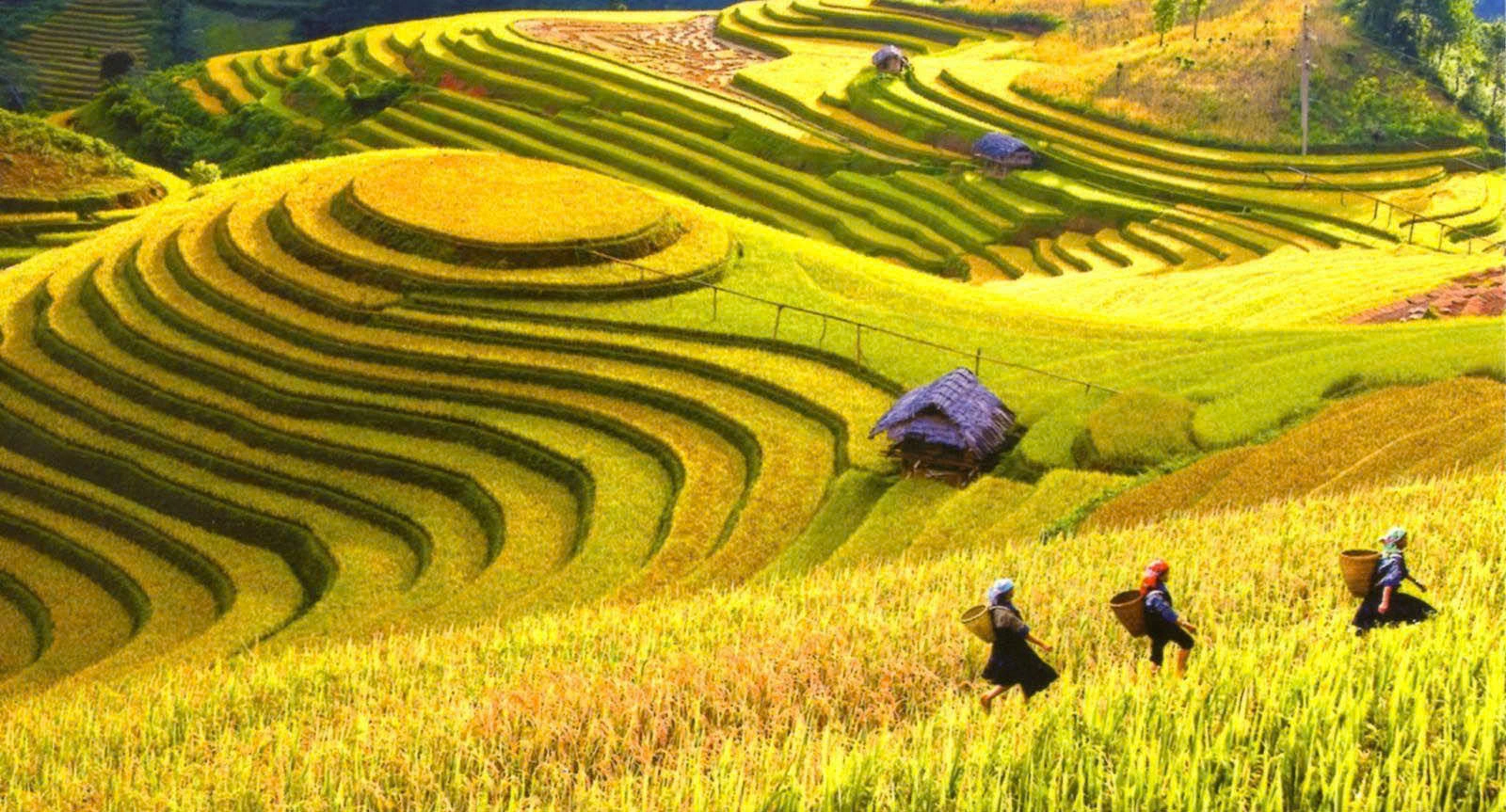
Visit ethnic minority villages such as Cat Cat and Ta Van
Scattered across the valleys are villages home to H’Mong, Dao, and Tay ethnic groups, each with unique traditions and crafts. Visiting Cat Cat or Ta Van lets you experience traditional wooden houses, handmade textiles, and warm hospitality. These cultural journeys give travelers a deeper appreciation for Vietnam’s diverse heritage.
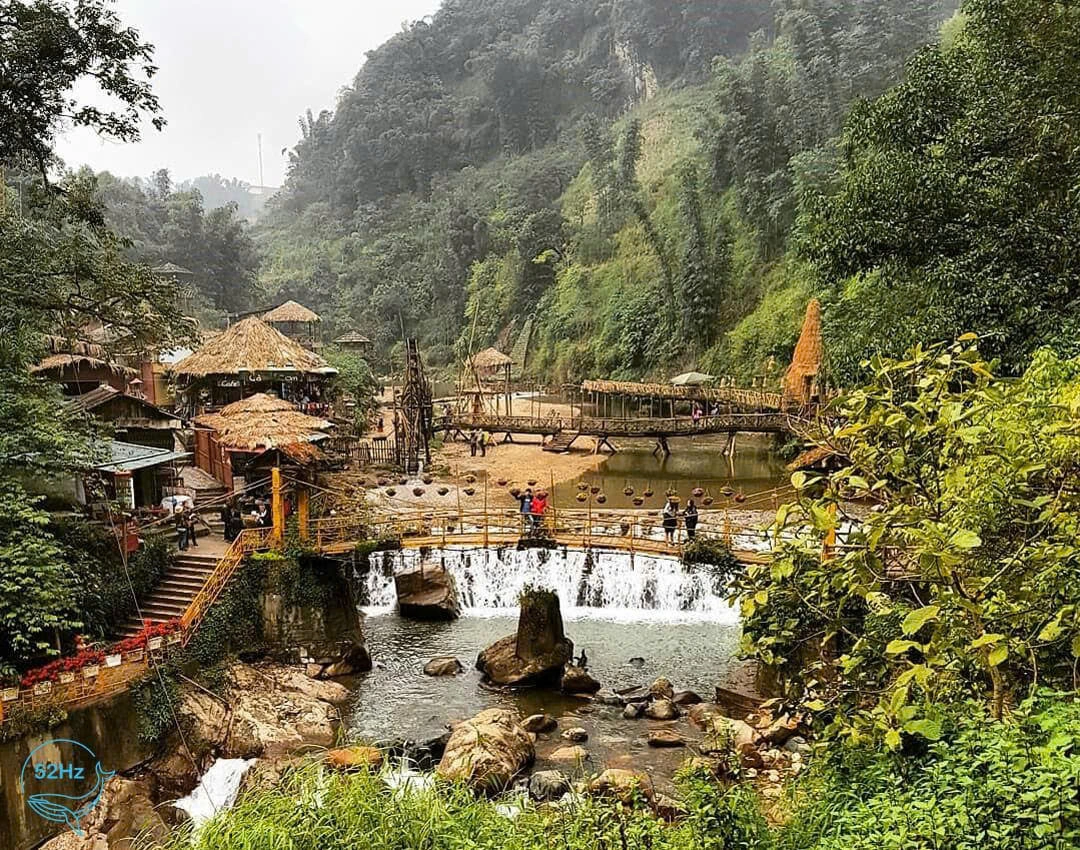
Conquer Fansipan, the “Roof of Indochina”
Standing at 3,143 meters, Fansipan is the highest peak in Southeast Asia and a must for adventurous souls. Travelers can either trek the rugged trails or take the modern cable car, which offers sweeping views of the Hoang Lien Son range. Reaching the summit rewards you with an unforgettable sense of achievement and awe-inspiring panoramas.
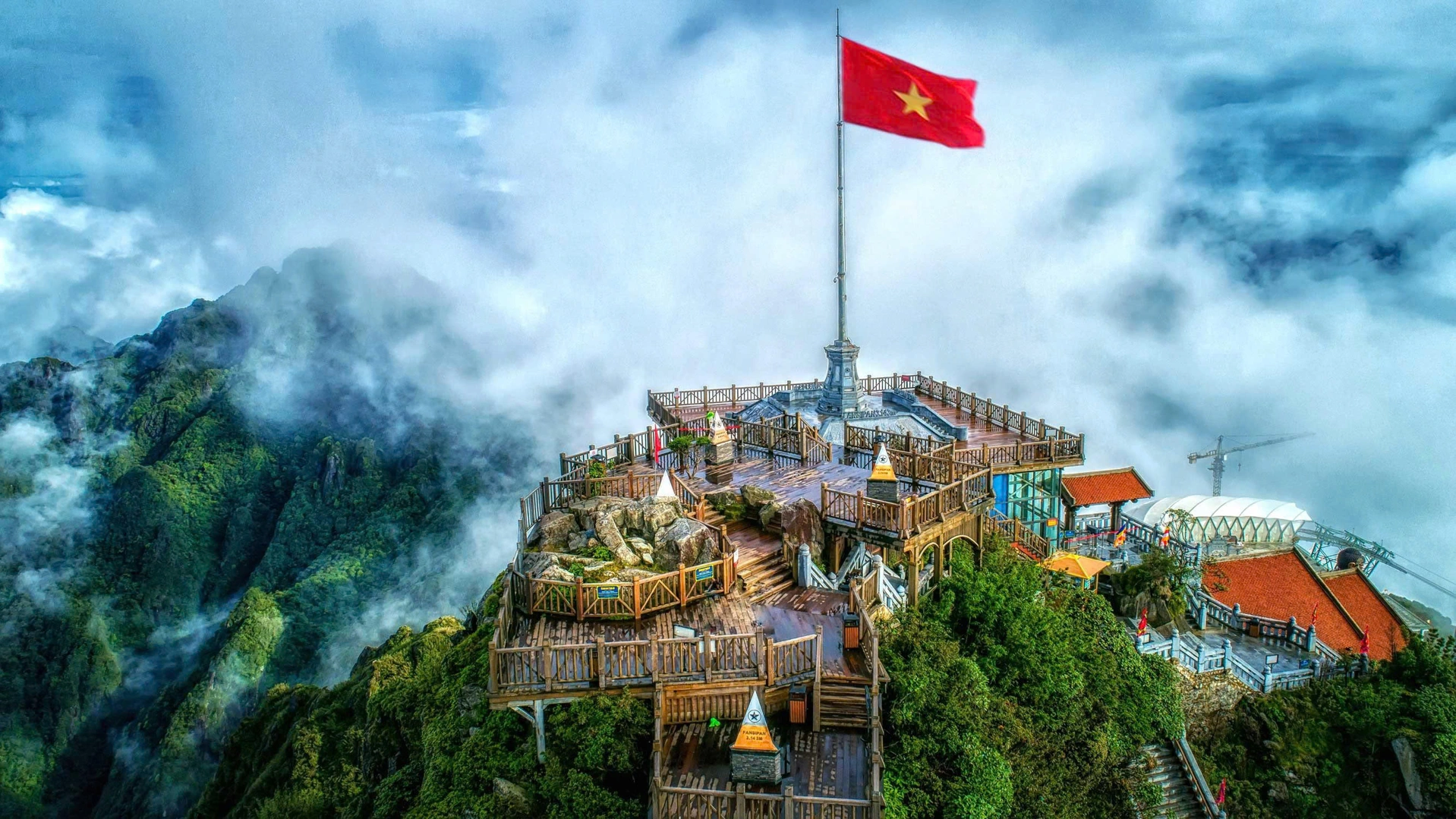
Explore Sapa’s vibrant local markets
Markets in Sapa are a colorful blend of sights, sounds, and aromas where ethnic minorities gather to trade goods. From handwoven fabrics and silver jewelry to fresh produce and local delicacies, these markets are a feast for the senses. Visiting on a weekend is especially lively, with cultural performances and traditional attire on full display.
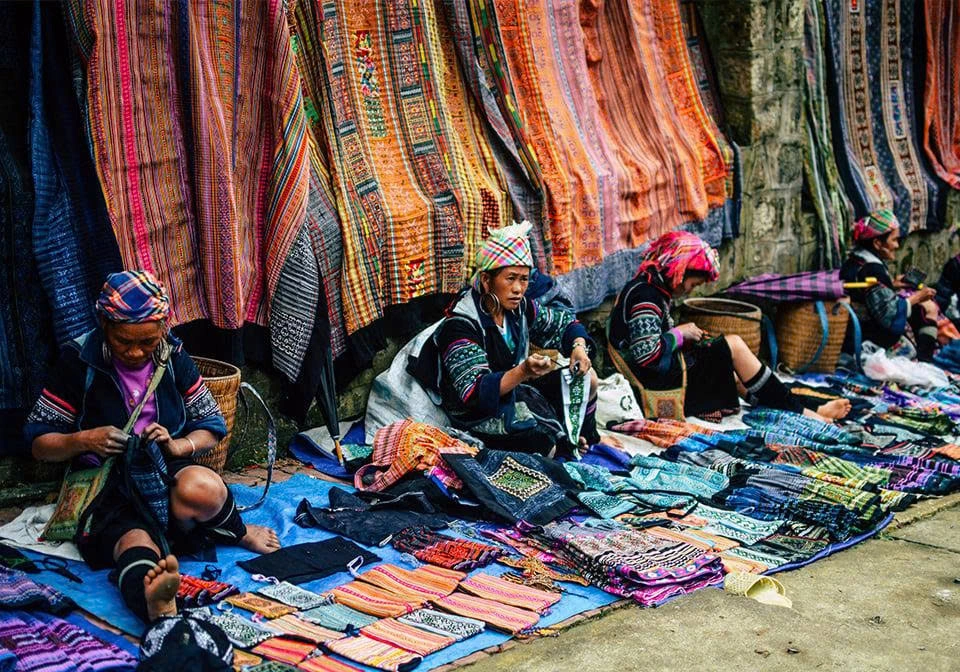
Relax at cafés with panoramic mountain views
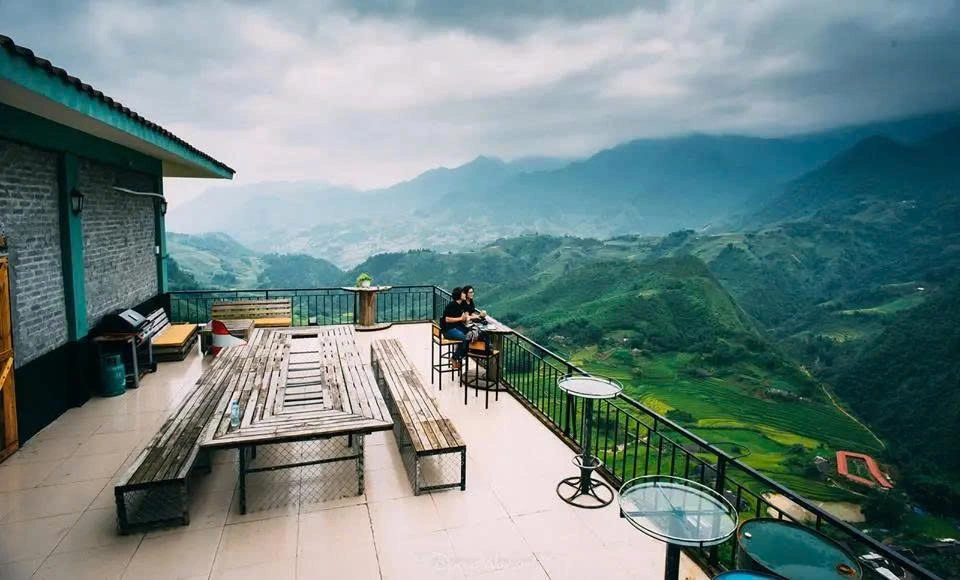
After a day of exploration, Sapa’s hillside cafés provide the perfect retreat. Sip a hot cup of Vietnamese coffee or herbal tea while gazing out over misty mountains and terraced fields. The peaceful setting creates a magical atmosphere, especially at sunrise or sunset, when the landscape glows with soft light.
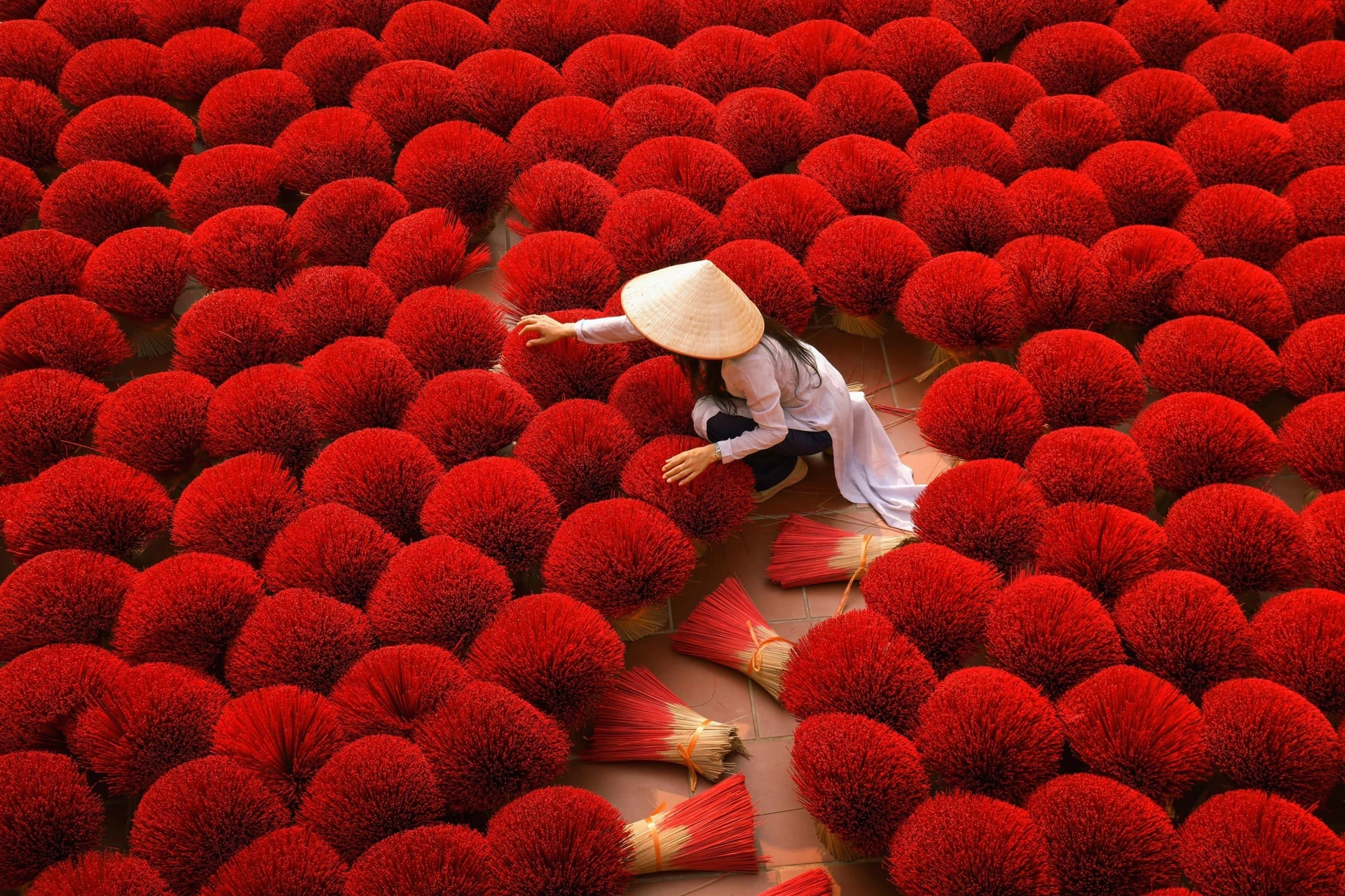
Vietnam is a country full of history, culture, and natural beauty, offering unforgettable experiences for every type of traveler. From bustling cities and ancient temples to serene countryside and pristine beaches, there is something for everyone. With careful planning, attention to local customs, and consideration for dietary or religious needs, Israeli travelers can enjoy a safe, enriching, and memorable journey.
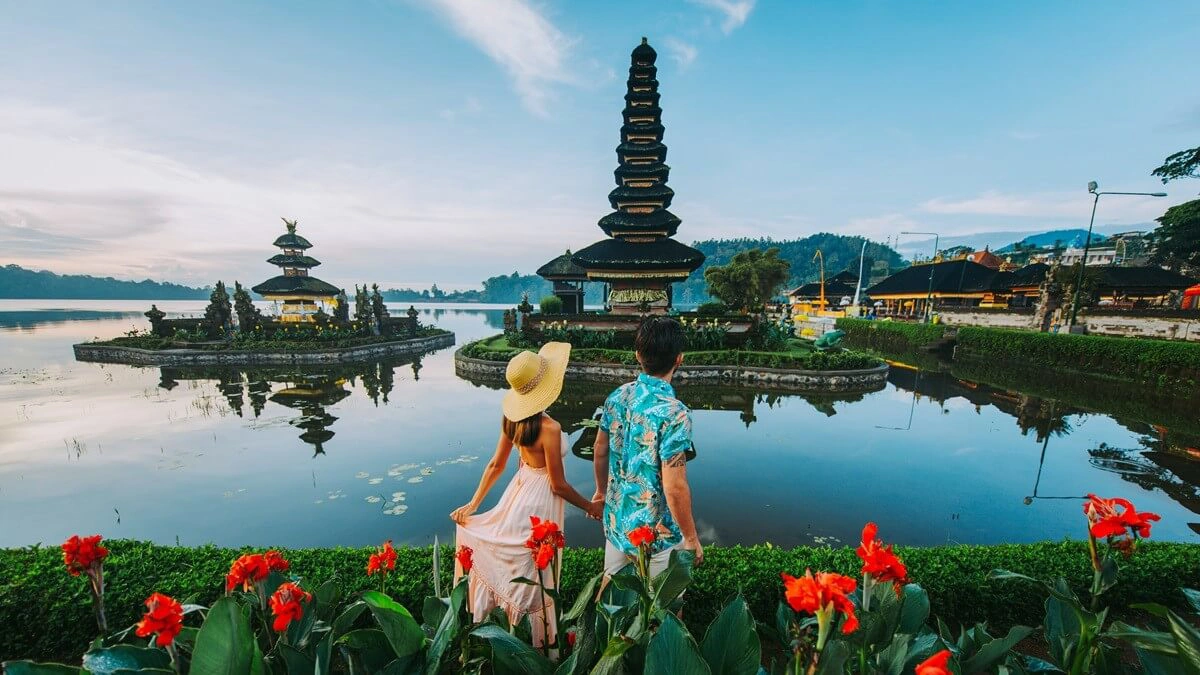
To enter Bali, travelers need a passport valid for 6 months; many nationalities get 30 days visa-free, while longer stays require a Visa on Arrival or e-visa. The island has a tropical climate with a dry season (Apr–Oct) ideal for beaches and festivals, and a wet season (Nov–Mar) with lush green landscapes. Cash in Indonesian Rupiah is essential for small expenses, though cards are accepted in larger venues, and transport mainly relies on taxis, ride-hailing apps, scooters, or private drivers. Visitors should respect local customs—dress modestly at temples, remove shoes in sacred spaces, and use the right hand when giving or receiving items.
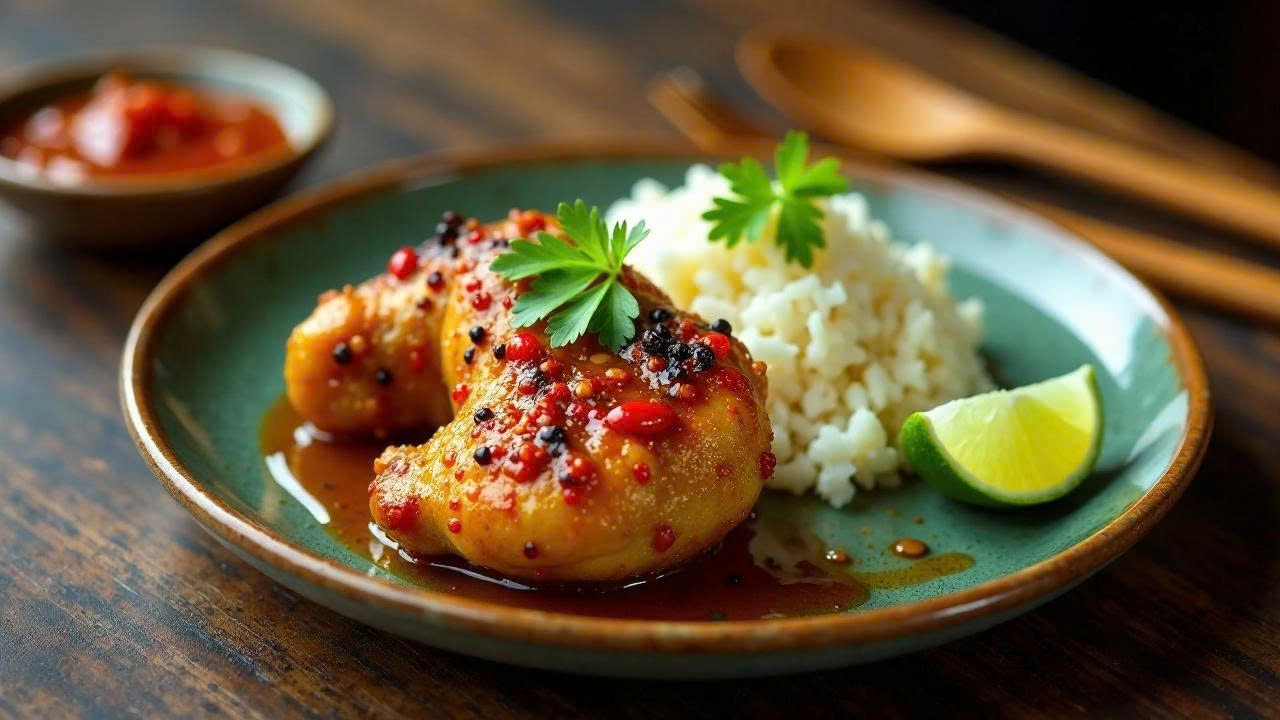
Balinese cuisine is a vibrant reflection of the island’s culture, shaped by its Hindu heritage, fertile volcanic soils, and abundant spices. Meals are a harmonious balance of flavors spicy, savory, sweet, and aromatic—brought together through fresh herbs, coconut, peanuts, and chili-based spice pastes known as bumbu. Rice is the centerpiece of most meals, complemented by grilled meats, seafood, and an array of vegetable dishes. Many recipes are deeply rooted in ceremonial traditions, often served during temple festivals and family gatherings, making Balinese food not only a culinary delight but also a cultural journey.
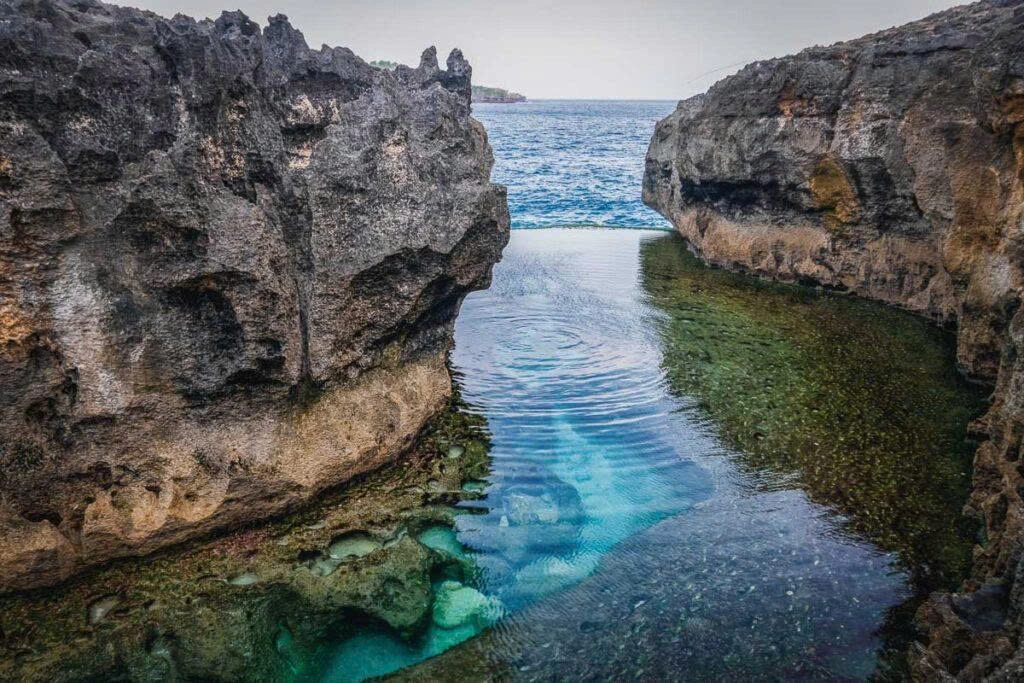
Nusa Penida is a stunning island off Bali’s southeast coast, famed for its rugged cliffs, crystal-clear waters, and dramatic landscapes. Highlights include Kelingking Beach with its dinosaur-shaped headland, Angel’s Billabong, and Broken Beach. Popular for snorkeling and diving, the island offers encounters with manta rays and vibrant coral reefs, making it a paradise for adventure and nature lovers.
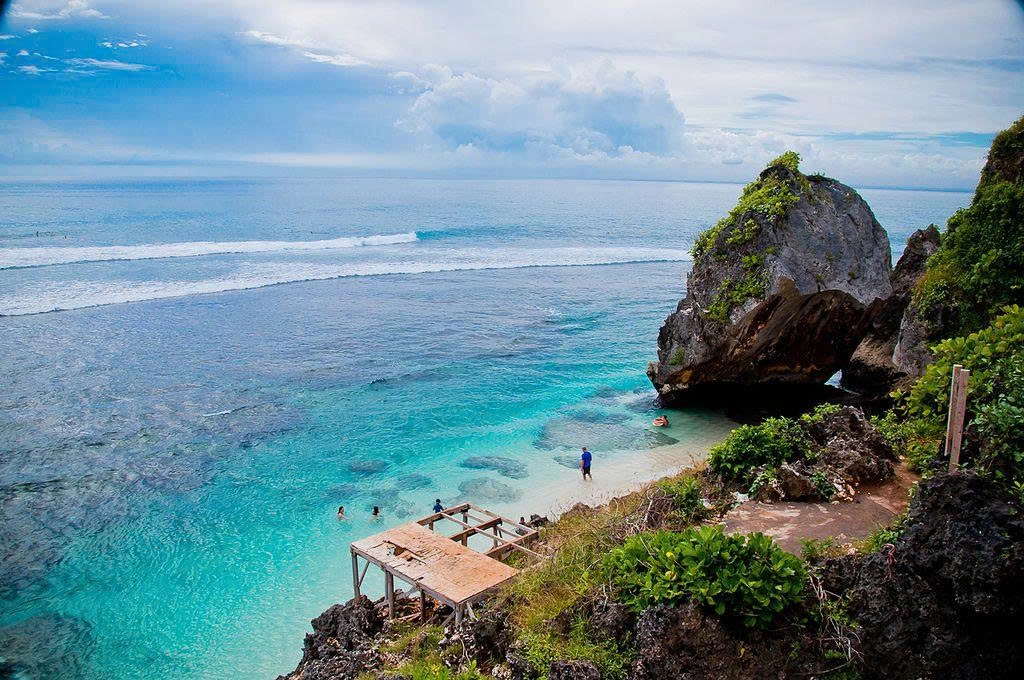
Uluwatu is renowned for its dramatic sea cliffs, world-class surf breaks, and breathtaking ocean views. At its heart lies the iconic Uluwatu Temple, perched high above the waves and famous for sunset Kecak dance performances. With luxury resorts, hidden beaches, and a relaxed coastal vibe, Uluwatu is a perfect blend of culture, adventure, and natural beauty.
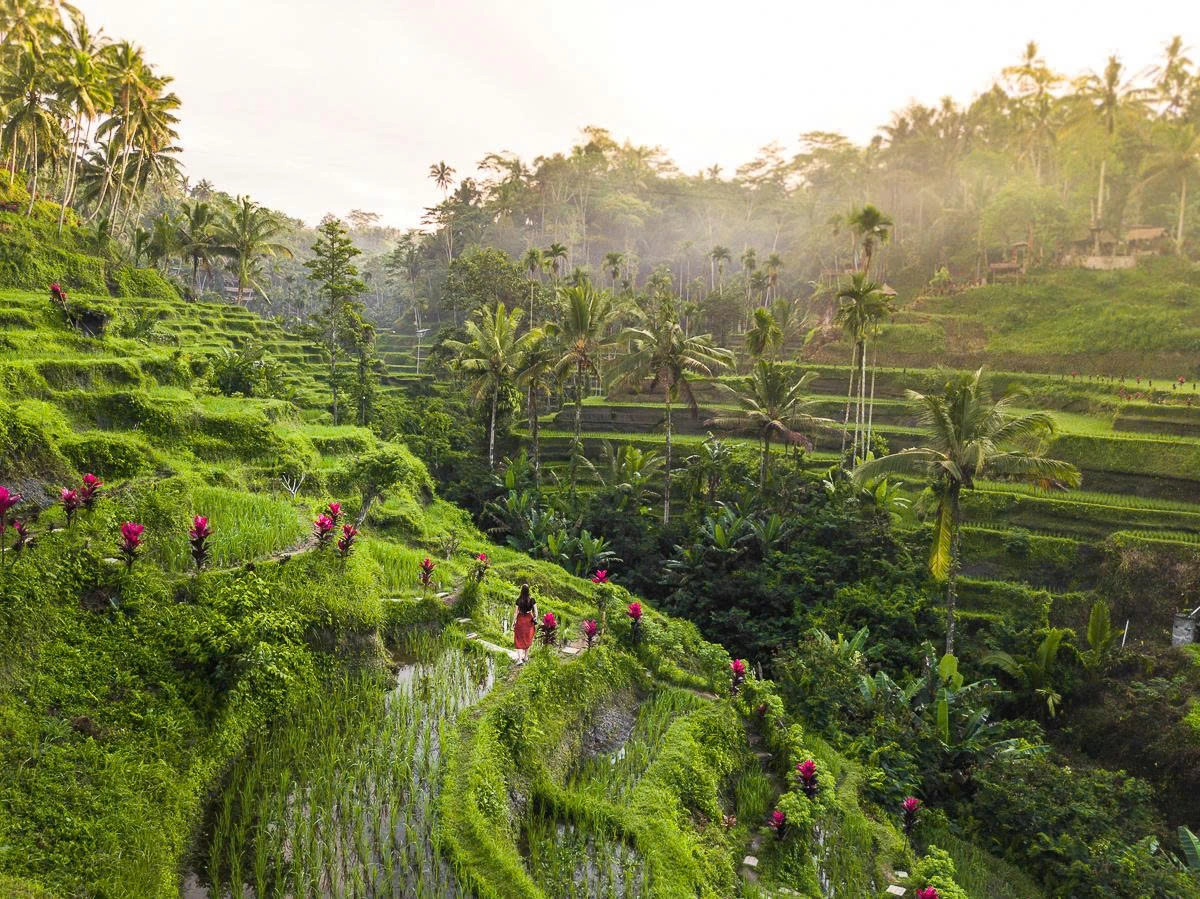
Ubud is the cultural and spiritual heart of Bali, surrounded by rice terraces, lush forests, and traditional villages. Known for its art, dance, and handicrafts, it’s also a hub for yoga, wellness, and spiritual retreats. With its temples, galleries, and serene landscapes, Ubud offers a deeper connection to Balinese heritage and nature.
Preparing for your upcoming trip to Asia?
Let us know what we can arrange for you!